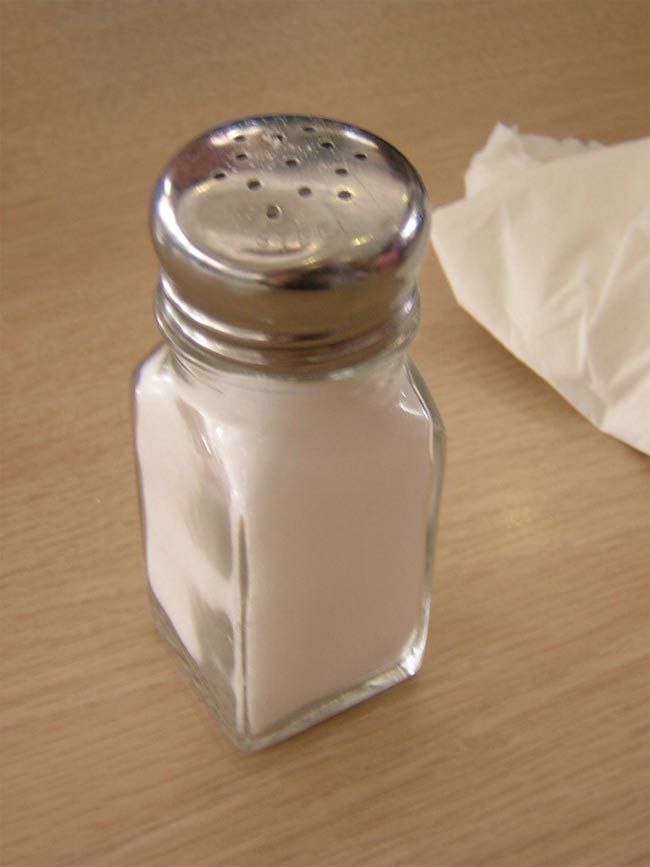Toddler Meals Have Too Much Salt: CDC

Most ready-to-eat meals for toddlers have too much salt, government researchers say.
Of the 1,115 ready-to-eat toddlers' meals examined in a study by the Centers for Disease Control and Prevention, nearly three-quarters were high in salt, the researchers said. Some of the meals contained as much as 630 milligrams of sodium per serving — about 40 percent of the American Heart Association's recommended daily sodium intake for children (1,500 mg).
The findings are concerning because high salt intake is known to increase the risk of high blood pressure, even in children. In addition, studies suggest people develop a taste for salt earlier in life.
"Children are not born with a taste for salt," said study researcher Joyce Maalouf, of the CDC. "The less sodium children consume, the less they will want it," Maalouf said.
The researchers examined nutrition labels on ready-to-eat meals for babies (less than 1 year old) and toddlers (ages 1 to 3). Examples of toddler meals include macaroni and cheese, pizza and pasta with chicken.
Meals that contained more than 210 milligrams of salt per serving — about one-seventh of the daily recommendation — were considered to be high in salt. The researchers chose this cutoff because it's estimated that kids eat about seven servings daily of grains, protein and dairy. The other food groups, fruits and vegetables, have minimal salt.
The good news is that baby foods were relatively low in sodium. Just one of the more than 600 baby meals and snacks tested contained more than 210 mg of sodium per serving.
Sign up for the Live Science daily newsletter now
Get the world’s most fascinating discoveries delivered straight to your inbox.
The researchers noted they don't know how many people buy the products included in the study.
The CDC's recommendation for daily sodium intake for the general population is slightly higher than the AHA's: 2,300 mg. Even so, many children consume more than this. A 2012 study found the average daily salt intake was 2,307 mg for kids ages 2 to 5, while it was 3,260 mg for kids ages 8 to 12, and rose to 3,486 mg among kids ages 13 to 18. [See Americans Still Eat Too Much Salt].
To lower salt intake, the CDC recommends children eat a diet rich in fruits and vegetables. Parents should also read nutrition facts labels, and choose foods with the lowest sodium. When preparing meals, parents should choose low-sodium ingredients, Maalouf said.
The study will be presented today (March 21) at the AHA meeting in New Orleans.
Pass it on: Nearly 75 percent of ready-to-eat meals for toddlers have too much salt.
Follow Rachael Rettner @RachaelRettner. Follow MyHealthNewsDaily @MyHealth_MHND, Facebook & Google+.

Rachael is a Live Science contributor, and was a former channel editor and senior writer for Live Science between 2010 and 2022. She has a master's degree in journalism from New York University's Science, Health and Environmental Reporting Program. She also holds a B.S. in molecular biology and an M.S. in biology from the University of California, San Diego. Her work has appeared in Scienceline, The Washington Post and Scientific American.










